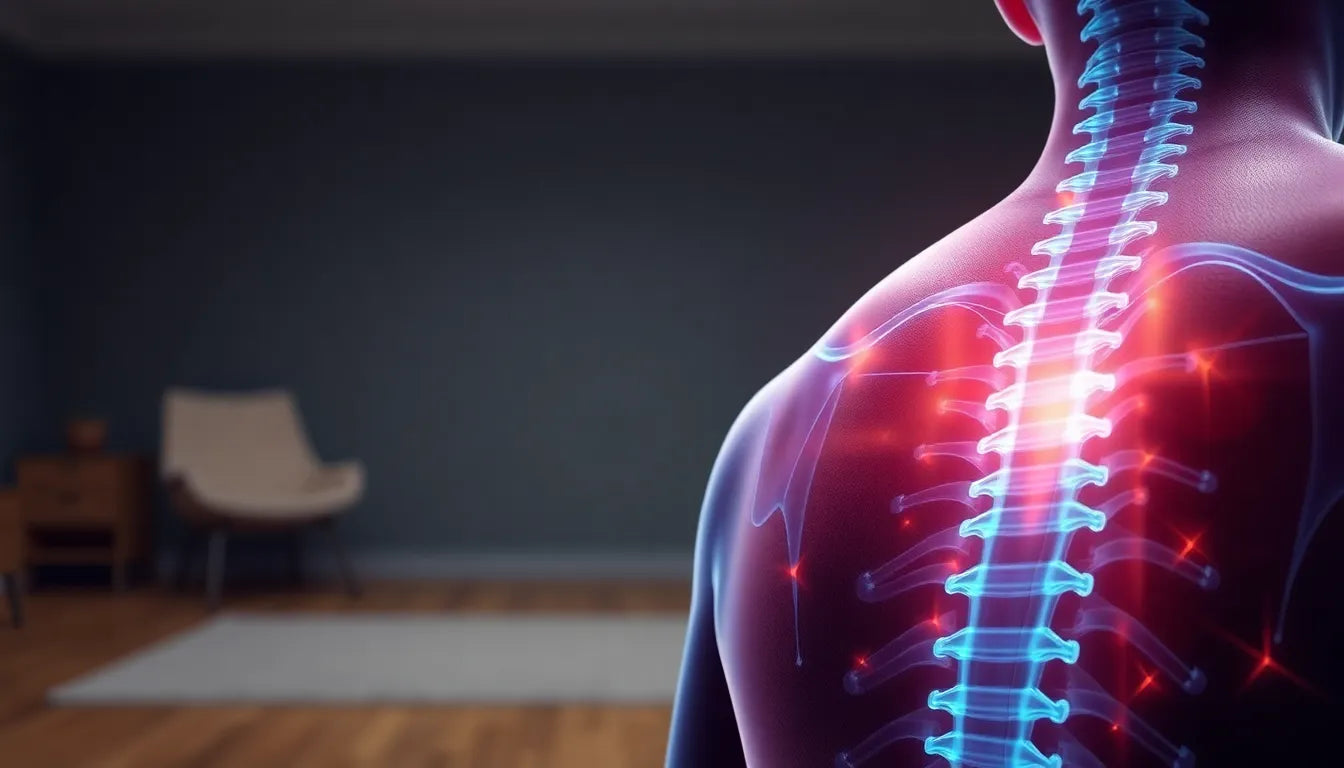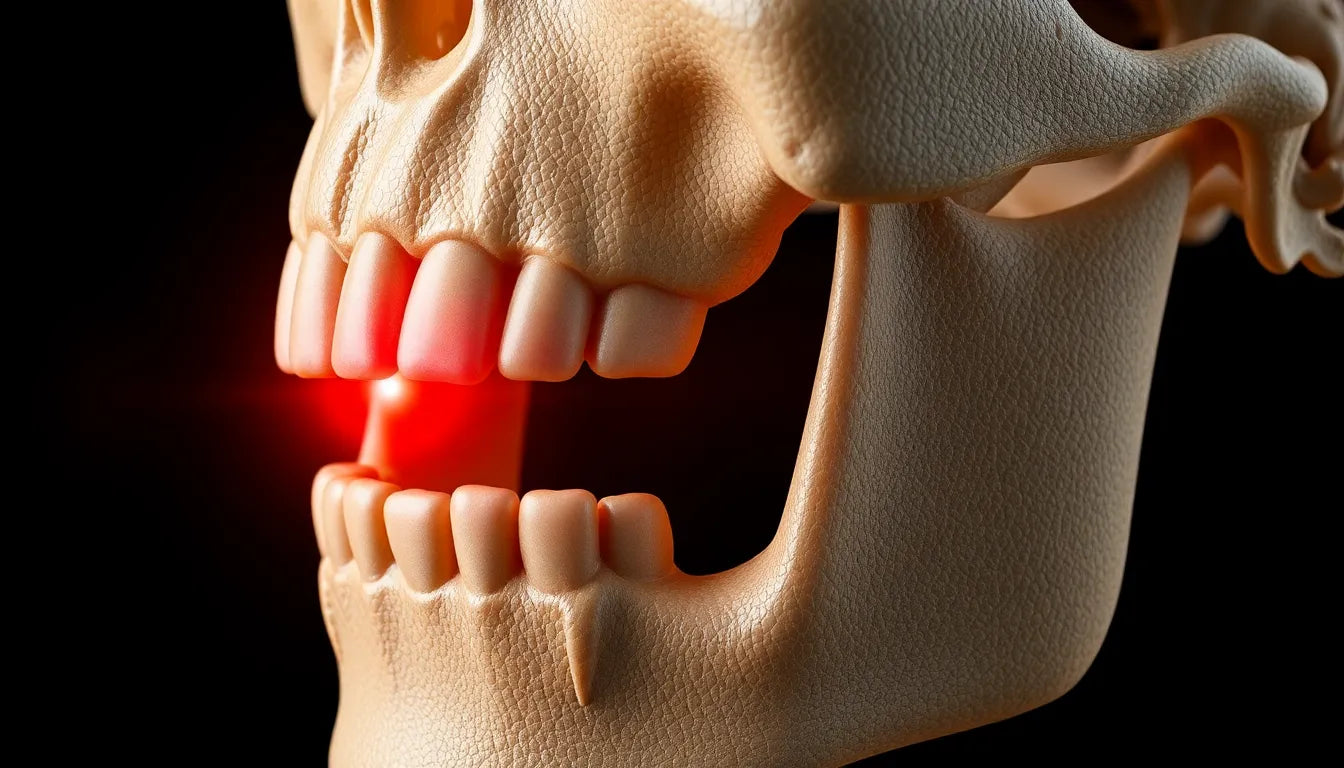Back pain is a common ailment that affects millions of people worldwide, and one of the leading causes is a herniated disc. This condition not only disrupts daily activities but can also lead to significant discomfort, impacting quality of life. Understanding the recovery process is crucial for anyone dealing with this condition, as it can help manage expectations and guide effective treatment strategies.
Understanding herniated discs
A herniated disc, sometimes referred to as a slipped or ruptured disc, occurs when the soft inner gel of a spinal disc pushes through a crack in its tougher exterior. This can result in pain, numbness, or weakness in the limbs, depending on the affected nerve. Symptoms often vary in intensity, with some individuals experiencing severe pain while others might notice only minor discomfort.
The location of the herniated disc plays a significant role in the symptoms experienced. For instance, a herniation in the lower back may cause pain that radiates down the leg, known as sciatica, while a disc issue in the neck can affect the shoulders and arms. These symptoms can be debilitating, prompting many to seek immediate relief and a clear understanding of the healing timeline.
The importance of understanding recovery expectations
Knowing how long a herniated disc takes to heal is vital for setting realistic recovery goals and planning treatment. The healing process can be influenced by several factors, including the severity of the herniation, the individual's age, overall health, and lifestyle. While some may experience relief within a few weeks, others might find that complete recovery takes several months.
By understanding the typical healing timelines and the various factors that can affect recovery, individuals can better navigate their treatment options and make informed decisions about their health. This knowledge empowers patients to actively participate in their recovery journey, ensuring they take the necessary steps to manage pain and improve their quality of life effectively.
healing timeline for herniated discs
The journey to recovery from a herniated disc can vary significantly from person to person, largely depending on the severity of the herniation and individual health factors. Generally, most individuals begin to notice a reduction in pain and symptoms within 2 to 8 weeks. This initial phase often brings a sense of relief as inflammation decreases and the body starts its natural healing process.
For more severe cases, complete healing can extend up to six months. During this time, the body undergoes several phases of repair. The first phase, reduced inflammation, typically occurs within the first week. Following this, the tissue repair and regression phase spans from 2 to 12 weeks, where the body works to heal the affected area. Finally, the remodeling phase is the last stage, leading to a more complete recovery, although some residual symptoms might persist.
factors influencing recovery time
Several factors can influence how quickly a herniated disc heals. Age and overall health are significant determinants; younger individuals or those in good health often experience faster recovery times. Additionally, an individual's activity level and lifestyle play crucial roles. Those who maintain a balanced level of physical activity and a healthy lifestyle may find their recovery expedited.
The severity of the herniation and the extent of nerve compression also significantly impact the healing timeline. A more severe herniation might require a longer recovery period, as the body needs more time to repair the damage. Furthermore, the quality of blood supply to the disc is essential, as a good blood supply can enhance the healing process by providing necessary nutrients and oxygen to the affected area.
Patient experiences vary widely, illustrating the diversity in recovery timelines. For example, some individuals report significant improvement within weeks, while others may take months to feel substantial relief. These personal stories underline the importance of managing expectations and understanding that recovery is a highly individual process.
treatment approaches for herniated discs
Addressing a herniated disc often begins with conservative management strategies. Non-steroidal anti-inflammatory drugs (NSAIDs) and other pain medications are commonly used to alleviate discomfort. Patients are encouraged to stay active within their comfort limits, as gentle movements can aid in recovery. Additionally, alternating heat and ice therapy can help reduce inflammation and relieve pain.
If symptoms persist beyond 4 to 6 weeks, intermediate interventions such as steroid injections may be considered to provide further relief. Physical therapy, often recommended after 3 weeks of symptom onset, can be beneficial in strengthening the muscles around the spine and improving flexibility, which supports the healing process.
In cases where conservative and intermediate treatments do not yield significant improvements, surgical options may be explored. Surgery is typically reserved for severe cases or when symptoms persist beyond 6 weeks despite other treatments. An MRI is often advised to assess the condition of the disc before proceeding with surgery. For some patients, artificial disc replacement may be an option, with a typical recovery time of approximately 3 months.
Understanding these treatment options and the associated timelines can empower individuals to make informed decisions about their care, ultimately contributing to a more effective and satisfactory recovery experience.
Ergonomic aids and lifestyle adjustments
Incorporating ergonomic solutions into daily routines can significantly aid in the recovery process from a herniated disc. Ergonomic aids such as supportive chairs, cushions, and posture correctors are designed to maintain proper alignment and reduce strain on the spine. These tools are particularly beneficial for individuals who spend prolonged periods sitting, as they help maintain a neutral spine position, crucial for healing.
Maintaining proper posture is essential during recovery. Simple adjustments, such as ensuring that your workstation is ergonomically set up, can prevent further aggravation of the disc. For instance, using a chair that supports the lower back and keeping computer screens at eye level can alleviate unnecessary pressure on the spine.
Preventative measures play a crucial role in both recovery and avoiding future occurrences of herniated discs. Engaging in exercises that strengthen the back and core muscles can provide additional support to the spine. Gentle activities like walking, swimming, or yoga can improve flexibility and strength without overstraining the back.
Returning to work after a herniated disc requires careful planning. It's important to tailor the approach based on the nature of the job. For instance, individuals with physically demanding roles may need to modify their tasks or gradually increase their workload. Meanwhile, those in sedentary jobs should focus on maintaining proper posture and taking regular breaks to move around.
Frequently asked questions
How long does it take for a herniated disc to heal without surgery?
Most cases resolve within 2-8 weeks, with complete recovery potentially taking up to 6 months. This timeline can vary based on individual factors such as the severity of the herniation and overall health.
Can a herniated disc heal on its own?
Yes, many herniated discs heal naturally over time with appropriate conservative management, such as rest, physical therapy, and pain management strategies.
When should I consider surgery for a herniated disc?
Surgery is typically considered if symptoms persist beyond 6 weeks despite conservative treatments, or if there is significant nerve compression causing severe symptoms.
How can I speed up the healing process for a herniated disc?
Engage in recommended physical therapy, maintain an active lifestyle within comfort limits, and use ergonomic aids to support proper posture. These steps can help facilitate recovery and prevent further injury.
Is it safe to exercise with a herniated disc?
Gentle exercises and movements are generally safe and can aid recovery, but it's important to follow medical advice tailored to your specific condition. Avoid activities that cause pain or discomfort and gradually increase activity levels as symptoms improve.


















